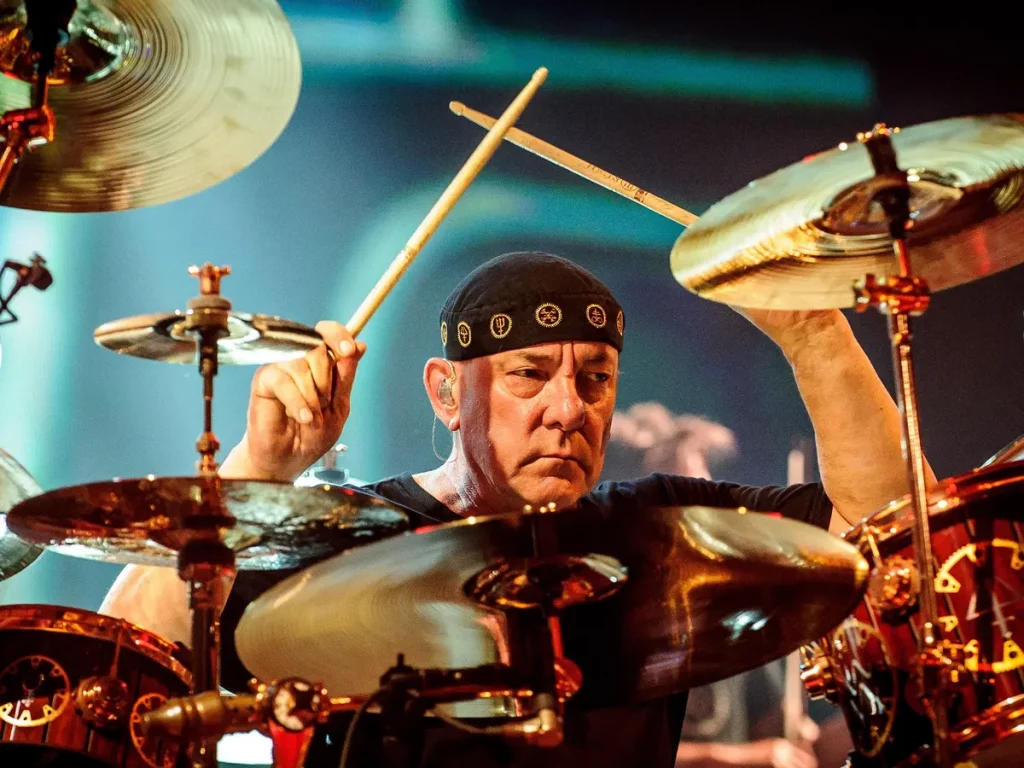Not every band can consistently harmonize their creative energies. For every brilliant album where inspiration seamlessly aligns, there are tracks where the fusion falls flat or fails to ignite. Rush, renowned for their perseverance through even the most avant-garde endeavors, wasn’t immune to this phenomenon. Neil Peart, in particular, recalled recurrent challenges in his collaborations with Geddy Lee.
In the band’s nascent stages, with John Rutsey on drums, Rush was carving its identity. Influenced by bands like Led Zeppelin, their debut album, “Rush,” displayed a blues-infused groundwork, notably in hits like ‘Working Man’.
However, as touring commenced, Rutsey’s health concerns led to his departure, unable to commit to the grueling schedule. This vacancy set the stage for Peart’s introduction, whose initial audition, armed with a modest drum kit, left Lee and Alex Lifeson in awe.
Neil Peart’s addition brought more than rhythmic precision; his voracious reading habits informed his role as the band’s primary lyricist. His prose, whether introspective or weaving intricate narratives, gradually became the band’s textual backdrop.
This shift reshaped Rush’s creative process. Instead of spontaneous riff sessions, the band often found itself crafting music around Peart’s meticulously penned verses. This collaboration, while fruitful, was not without its hiccups. Peart candidly shared the lyrical challenges they faced, particularly from Lee’s perspective.
Lee, while reviewing Peart’s lyrics, would highlight the practical difficulties of vocal delivery, pointing out overly complex alliterations or awkward vowel-consonant combinations that hindered expressive singing. This issue first surfaced during the recording of ‘Beneath Between and Behind’ from their album “Fly By Night”, where the lyrics presented a daunting verbal maze.
Despite these initial stumbling blocks, the partnership between Lee and Peart matured, evolving into a robust creative dialogue. Peart came to value Lee’s feedback, viewing it as essential editorial input.
When their collaborative efforts clicked, the results were iconic, crafting songs that resonated deeply with their audience, like ‘Limelight’s’ critique of fame or ‘Nobody’s Hero’s’ poignant tribute.
Rush’s legacy, marked by complex and thought-provoking lyrics, owes much to the symbiotic partnership between Lee’s interpretative genius and Peart’s literary prowess.

